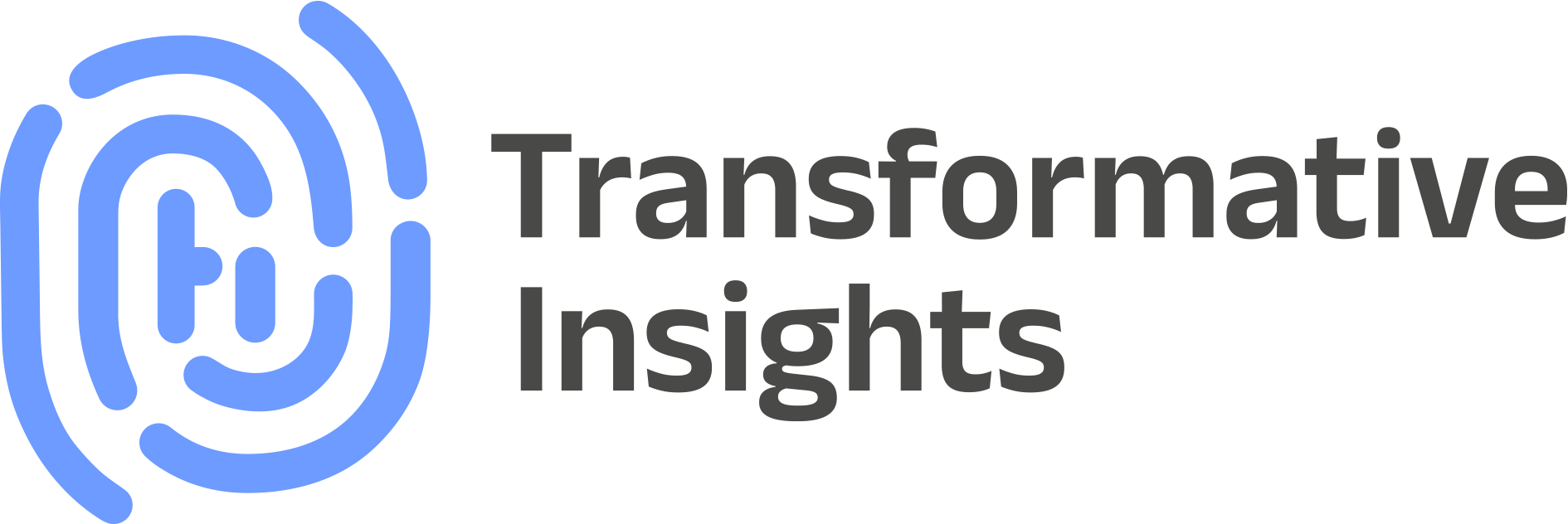What is heart rate variability and why does it matter?
The Lifestyle Assessment measurement primarily uses heart rate and heart rate variability to compute the various physiological insights covered in your report.
Studying the heart provides us with a vast amount of information about our body and how it is responding to changes to the internal and external environment. From beat to beat, heart rate is constantly changing in synch with other physiological process (such a breathing and blood pressure) and in response to meet different physical demands.
Heart rate variability (HRV) means the variation in time between consecutive heartbeats. Contrary to popular belief, a normal healthy heart does not beat evenly like a metronome, but instead, when looking at the milliseconds between heartbeats, there is constant variation. We are not acutely aware of this variation but the interval between beats gets longer (heart rate slows down) when you exhale and shorter (heart rate increases) when you inhale, a phenomenon called respiratory sinus arrhythmia. In addition to respiration, HRV is influenced acutely for example by exercise, hormonal reactions, metabolic processes, cognitive processes, stress and recovery.
Visual illustration of HRV - the time intervals between heart beats are constantly changing
Higher HRV is a sign of health, resilience and vitality whereas low HRV is a reliable predictor of poor future health outcomes. Countless scientific studies have demonstrated a strong correlation between HRV and illness, immune system functioning, mortality, psychological well-being, quality of life, cognitive performance, ability to emotionally self-regulate and capacity for social engagement.
HRV is regulated by the autonomic nervous system (ANS), and its sympathetic and parasympathetic branches, and it is commonly accepted as a non-invasive marker of autonomic nervous system activity. The sympathetic branch of the ANS is the stress or fight or flight system, getting us ready to act, react, and perform – to meet the different demands that life throws at us. The parasympathetic side is characterized as the rest and digest system that allows the body to power down and recover “once the fight is over”. The sympathetic branch activates stress hormone production and increases the heart’s contraction rate and force (cardiac output) and decreases HRV, which is needed during exercise and mentally or physically stressful situations. Conversely, the parasympathetic branch slows the heart rate and increases HRV to restore homeostasis after the stress passes. This natural interplay between the two systems allows the heart to quickly respond to different situations and needs.
Sympathetic activity is catabolic - it breaks down our cells and uses up energy / resources whereas parasympathetic activity is anabolic - it heals our system and aids in our recovery / replenishment. A good balance between these two branches is fundamental for both optimum health and performance and this is also the mechanism that explains the connection between stress overload or chronic stress and all major diseases. If the healing effect of the parasympathetic branch is insufficiently countering the depleting effect of the sympathetic branch, our system is slowly but steady shifting towards a state of unhealth and disease!
In a normal, healthy situation, HRV should increase during relaxing activities, for example meditation or sleep, when the parasympathetic nervous system starts to dominate and literally puts on the brake. On the other hand, HRV naturally decreases during stress, when elevated sympathetic activity helps the body keep up with the demand. Thus, HRV is typically higher when the heart is beating slowly, and lower when the heart starts to beat faster, for example during stress or exercise. HRV changes naturally from day to day, based on the level of activity and amount of, for example, work-related stress, but if a person is chronically stressed or overloaded – physically or mentally – the natural interplay between the two systems can be disrupted, and the body can get stuck in a sympathetically dominant fight state, with low HRV and high stress hormone levels, even when the person is resting. This is very consuming on the body and can result in various mental and physical health problems.
Genetic factors explain about 30% of the overall HRV level and HRV naturally declines as we age. However the remaining 70% is directly our control and we can raise our HRV by improving our fitness, sleep, nutrition, way of working and living and recovery.
Factors influencing heart rate variability
So by taking active steps towards a healthy lifestyle we positive influence this powerful measure of health, well-being and performance.
This “A healthy heart is not a metronome” whitepaper is an (optional) deep and quite scientific dive into heart rate variability.







